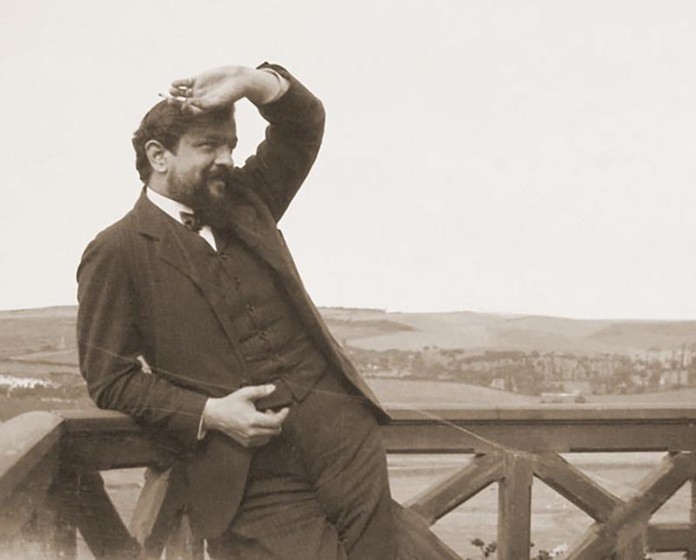
The other day, one of my Thai friends was bemoaning the fact that he’d never seen snow. I tried to reassure him that it’s really nothing special and looks a lot better than it actually is. I explained that snow on the roads and pavements eventually transforms itself into a slippery, horrid grey sludge. I have no idea how far we’d need to travel from here to find snow, but certainly somewhere north of Chiang Mai. I suppose Korea or Japan would be the nearest places to but it seems an awfully long way to travel. Perhaps the Himalayas would be closer. But not for me, thank you. I hate the stuff.
When I was a music student a friend came to stay with us who had never seen snow before either. It was the middle of winter and one day when were out in the car there was a sudden heavy snowfall which left everything covered, though the roads were just about navigable. Our friend begged me to stop the car so that he could experience the snow first-hand. He eventually rolled a huge snowball and in innocent merriment lobbed it into the car. I was furious and screamed that he was an idiotic fellow of uncertain parentage or words to that effect. He simply hadn’t realized that snow was frozen water and when it melted seconds later everything was soaked. To his credit, he apologized profusely, though the car radio was never the same again.
Several composers have been attracted to snow, or at least to similar ideas. Rimsky-Korsakov’s opera The Snow Maiden springs to mind, as does the ballet by Erich Korngold entitled The Snowman. He was a child prodigy and wrote the work at the age of eleven. At its first performance in Vienna it was a sensation. Korngold incidentally, was eventually to become one of the most important and influential composers in Hollywood.
I can think of two major works inspired by the snowy Antarctic. The most well-known is probably Sinfonia Antarctica by Vaughan Williams but Peter Maxwell Davies, another English composer also wrote an Antarctic Symphony. There’s also the Ballet of the Snowflakes from the peculiar operetta by Offenbach, A Trip to the Moon. It was loosely based on the novel From the Earth to the Moon by Jules Verne who was evidently a bit miffed that parts of his story had been pinched.
Children’s Corner is a suite of six delightful pieces for piano which Debussy dedicated to his daughter Claude-Emma, who was about three at the time. She was known in the family as Chou-Chou and was evidently a lively and friendly child. The music, written at various times during 1906 and 1908 is not for children to play, but instead is imbued with notions of childhood and nostalgia associated with watching a child grow up.
The suite features some of Chou-Chou’s favourite toys but technically it presents something of a challenge for the pianist. The Snow is Dancing is the fourth piece in the suite and is difficult to play successfully. It’s a charming musical picture of snowflakes swirling around, though in the middle section there’s a strange, dark ominous moment. I hope that little Chou-Chou was not easily freaked out. Interestingly, she was raised with an English nanny with the result that her toys acquired English names, reflected in the English titles of each movement.
Tchaikovsky’s ballet The Nutcracker has enjoyed enormous success since its Russian première in 1892. In case you’re wondering, the Nutcracker was also a toy and a mechanical one at that. The unlikely plot was based on a story written by the German author E. T. A. Hoffmann and surrounds a girl called Marie whose favourite toy, a mechanical nutcracker becomes alive and whisks her away to a magical kingdom populated by dolls.
Tchaikovsky’s score for the ballet has become one of his most famous works, in particular the suite that he extracted from the ballet. The Waltz of the Snowflakes is characterized by flurrying sounds to evoke images of whirling snowflakes. And by the way, the orchestra in this video hails from the Russian city of Perm where in December, January and February it snows almost every day.
 |
 |
 |





